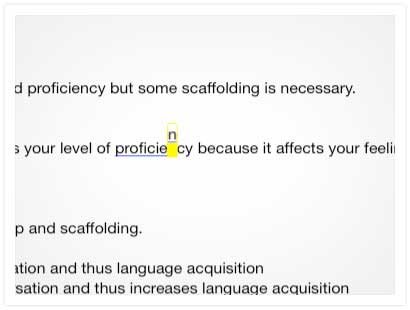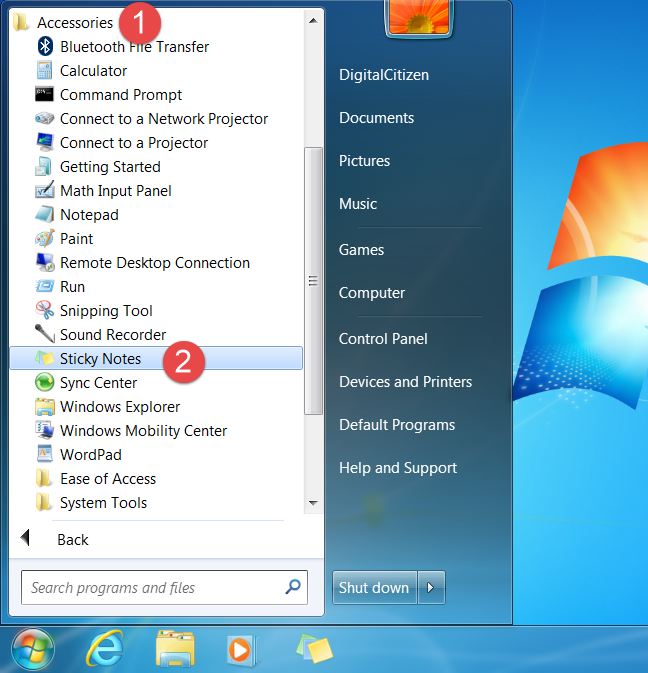

FLASH requires the mean DNA fragment size and standard deviation of the fragment size as input parameters. Because it is a proof-of-concept implementation, it is up to 100 times slower than competing mergers.įLASH constructs merged reads that maximize the overlap length-to-matches ratio. Shera merges all reads and leaves it to the user to decide which merged reads are correct. Both, Shera and FLASH (see later in the text) ignore the quality scores of the base calls. Shera merges the reads by maximizing the number of matches between the paired-end reads.

Some production-level mergers such as FLASH ( Magoč and Salzberg, 2011), PANDAseq ( Masella et al., 2012) and COPE ( Liu et al., 2012) have also been recently introduced. There exist several proof-of-concept mergers such as iTag ( Degnan and Ochman, 2012), BIPES ( Zhou et al., 2011) and Shera ( Rodrigue et al., 2010). Hence, its accuracy is crucial for all downstream analyses. Merging paired-end reads is the first processing step in a plethora of sequence analysis pipelines. By merging paired-end reads, the overlapping region between them can also be deployed for correcting sequencing errors and potentially yield sequences of higher quality. If the target DNA fragment size is smaller than twice the length of the single-end reads, that is, if there exists an overlap, the corresponding paired-end reads can be merged into a fragment. The Illumina platform can also generate paired-end reads by sequencing the forward and reverse strands of each target DNA fragment. Furthermore, there is an exponential increase in error rates (ERs) along the reads ( Cox et al., 2010). However, single-end reads produced by the Illumina platform typically have a length that ranges from 75 to 300-bp. The deep sequencing capability and low cost of the sequencing-by-synthesis technology is useful for a plethora of applications ranging from whole-genome sequencing ( Liu et al., 2012 Wang et al., 2010) to profiling microbial communities by sequencing the hypervariable regions of the 16S ribosomal RNA (rRNA) gene ( Bartram et al., 2011 Caporaso et al., 2011 Degnan and Ochman, 2012 Rodrigue et al., 2010 Zhou et al., 2011). The Illumina sequencing platform can produce millions of short reads in a single run. On multi-core architectures, the parallel version of PEAR shows linear speedups compared with the sequential version of PEAR.Īvailability and implementation: PEAR is implemented in C and uses POSIX threads.

A highly optimized implementation allows for merging millions of paired-end reads within a few minutes on a standard desktop computer. Tests on simulated and empirical data show that PEAR consistently generates highly accurate merged paired-end reads. It also implements a statistical test for minimizing false-positive results.

The program evaluates all possible paired-end read overlaps and does not require the target fragment size as input.
#Pear note for windows software
Results: We present the PEAR software for merging raw Illumina paired-end reads from target fragments of varying length. Therefore, a robust tool is needed to merge paired-end reads that exhibit varying overlap lengths because of varying target fragment lengths. However, when fragment lengths vary and, in particular, when either the fragment size is shorter than a single-end read, or longer than twice the size of a single-end read, most state-of-the-art mergers fail to generate reliable results. There already exist tools for merging these paired-end reads when the target fragments are equally long. Motivation: The Illumina paired-end sequencing technology can generate reads from both ends of target DNA fragments, which can subsequently be merged to increase the overall read length.


 0 kommentar(er)
0 kommentar(er)
